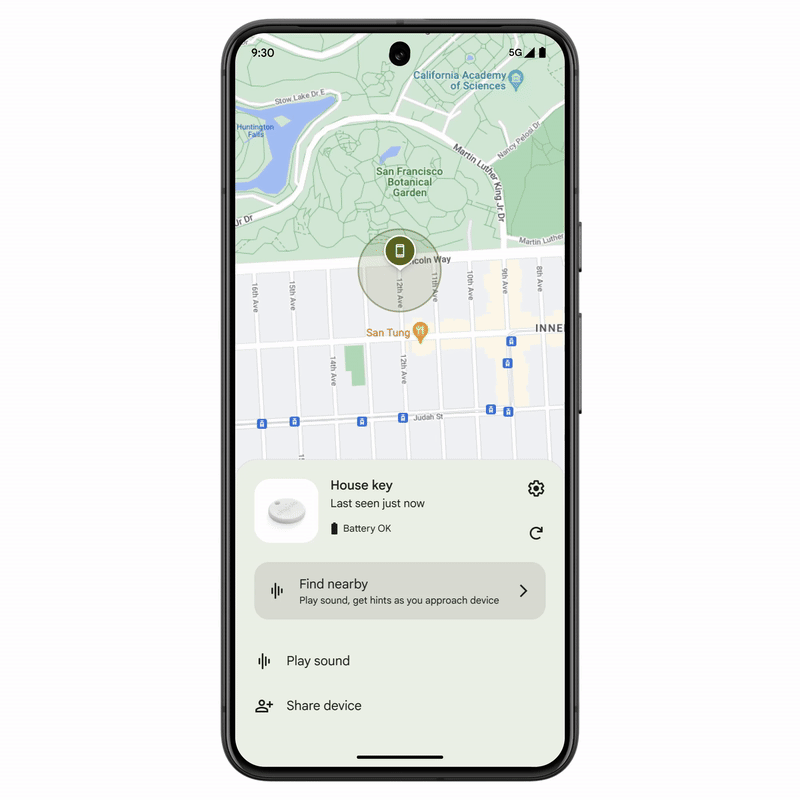
Forgetful Android users can finally enjoy the same peace of mind as iPhone owners. That's because Google has launched its long-awaited overhaul to its Find My Device network.
Google has offered its Find My Device for some time, but until now, your misplaced Android phone needed an active internet connection to be found. This upgraded version, first announced during the Google IO developer conference last summer but later delayed, will leverage Bluetooth from nearby devices to map your devices.
It will compete head-to-head with the Find My network, which uses anonmyised Bluetooth signals from hundreds of millions of Apple devices worldwide to help users locate their misplaced devices, headphones, keys, wallets, and bags.
Similarly, Google's all-new Find My Device network will use an anonymised network of other Android devices to help locate misplaced or stolen phones. Unfortunately for those outside North America, the service will be restricted to the United States and Canada for now, although Google says it will launch worldwide in the future.

When Find My Device rolls out globally, it will tap into the location of over a billion Android devices to help find your misplaced device. With that many devices, you're going to be hard-pushed to lose anything.
Compatible devices can be pinpointed on a map in the Find My Device app, which is available to download from the Google Play Store, or via a web browser by heading to google.com/android/find/. The nifty location service works even if the smartphone you're trying to find is offline.
If you're searching for a Google Pixel 8 or Pixel 8 Pro, Find My Device canstill locate the handset even if it's switched off or has a dead battery.
That's something that isn't possible with Apple's Find My network, which shows the last known location for a week when a device has a dead battery. Find My can keep tabs on the current location of iPhone, Apple Watch, iPad, Mac, AirPods, AirTags, and a slew of third-party Bluetooth trackers.
Google's Find My Device won't just be limited to Android devices either.
Starting in late May, Bluetooth trackers from Chipolo and Pebblebee will be added to the Find My Device network, so you can locate other possessions, like backpacks, handbags, keys, and luggage.
Additional trackers from eufy, Jio, and Motorola will release in the near future, Google says. Meanwhile, popular headphone models from JBL and Sony will get software updates so they can be located using the network too.
When you're close to a misplaced item, a "Find Nearby" button will surface inside the Android app to provide visual cues as you get closer to wherever the item is hiding. You can also trigger a sound to help your search.
If you've lost something at home, Google can use any Nest smart home devices you've got running to help pinpoint the exact location of your device. The Find My Device app will show the proximity to one of these Nest devices, giving you an easy reference point — and a decent starting point for your hunt.
LATEST DEVELOPMENTS
Announcing the new Find My Device network, Vice President of Engineering at Google, Erik Kay wrote in a blog post: "Find My Device is secure by default and private by design. Multi-layered protections built into the Find My Device network help keep you safe and your personal information private, while keeping you in control of the devices connected to the Find My Device network.
"This includes end-to-end encryption of location data as well as aggregated device location reporting, a first-of-its-kind safety feature that provides additional protection against unwanted tracking back to a home or private location."
The upgraded Find My Device network works with any device running Android 9.0 or later.

